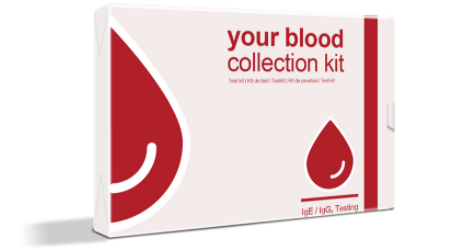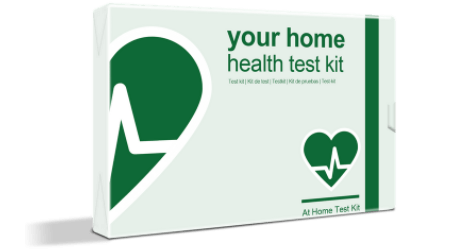The science behind IgE
With Allergy Test Australia, you know you’re getting the best test for you because we offer a variety of tests, designed to give you exactly what you’re looking for. Our Allergy Test kit offers ELISA IgE blood testing, but what does this mean?
IgE antibodies are a key feature in the humoral immune response, fighting potentially dangerous antigens, which are foreign substances like bacteria, parasitic worms, and viruses which keep our body safe.
IgE Science
The prevalence of IgE mediated allergy food reactions has been estimated at 3-4% of all children and adults (1). These dangerous, abnormal reactions are caused by food antigens and can be classified as immune IgE mediated and non IgE mediated. The clinical manifestations or symptoms can be anaphylactic reaction, atopic dermatitis, enterocolitis and oesophagitis. (2,3) These symptoms can be displayed, if it’s an intolerance, as headaches, bloating, localised itching, or skin irritations such as eczema, excessive mucous production, excessive gas, diarrhoea, and fatigue. The allergy reaction symptoms can include localised swelling (i.e., of the throat or tongue), a rash, difficulty breathing and anaphylactic shock.
IgE antibodies are involved in Type I (or Type 1) allergies and they can cause rapid type immune reactions, with symptoms occurring within a few minutes up to two hours after eating a specific food.
Allergic patients produce IgE antibodies specific for foreign antigens, which are harmless to non-allergic individuals. These antibodies bind to IgE-specific receptors on the surface of mucosal and cutaneous mast cells and circulating basophils. IgE antibodies are located on the chromosome 14. Inhaled or ingested allergens cross-link IgE bound to these effector cells, which results in aggregation of the receptors (4).
This cross-linking and aggregation cause the immediate release of preformed mediators such as histamine and, shortly thereafter, the release of newly formed mediators such as arachidonic acid products (e.g., leukotriene D4, prostaglandin D2) and cytokines such as tumour necrosis factor-α(TNF-α), IL-4, and IL-5 (5).
In an allergic response, an allergen stimulates the release of antibodies (IgE), which attach themselves to mast cells. Following subsequent allergen exposure, the mast cells (migrant cells part of the immune system) release substances such as histamine (a chemical responsible for allergic anaphylactic symptoms) into the tissue. Food item/s responsible for allergic reactions must be avoid completely.
Is IgE Testing still what you’re looking for? Then check out the Allergy Screen here. Looking for even more comprehensive testing, read up on IgG4 combined with IgE testing here.
References:
3) Waserman S, Watson W, Food allergy. Allergy Asthma Clin Immunol 2011; 7 (1): S7.
4) Chang TW. The pharmacological basis of anti-IgE therapy. Nat Biotechnol 2000;18:157–162
More information about the IgE antibodies structure and clinical translation:


